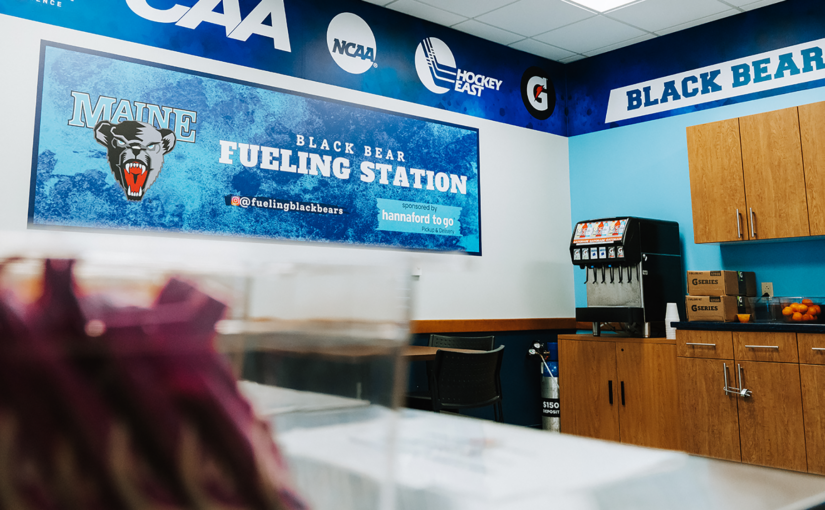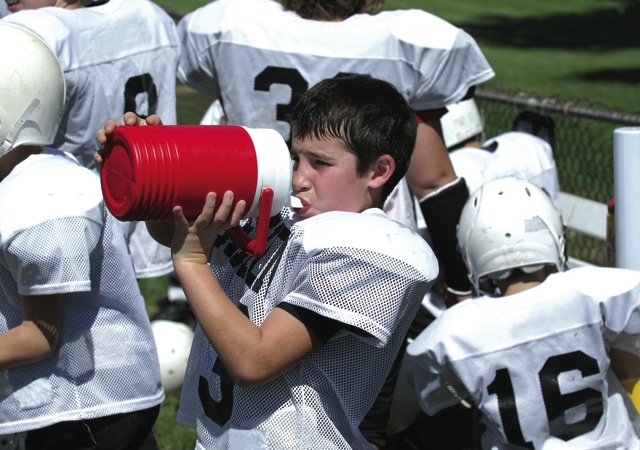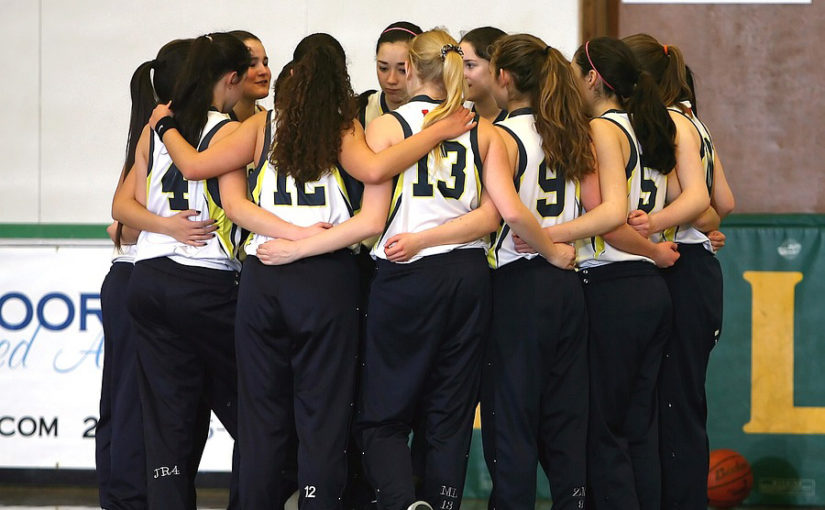TheManEater.com, Kate Grumke
Women Only Hold 4 Percent Of Division IA A.D. Jobs
“While it seems like there have been women in athletics for many years now those people have to progress through the system,” MU Executive Associate Athletics Director Sarah Reesman said. “We’re seeing that more and more with the number of women in administrative positions in athletics departments, and they’re certainly gaining the experience necessary now to actually be the athletics director.”
Out of 120 D1A athletics directors, five are women. Reesman said this could be because women are still gaining experience necessary to take these jobs.
In the Big 12, the closest thing to having a woman in the role of athletics director is at the University of Texas, which has both Women’s and Men’s athletics directors. The school created a women’s athletics department in 1973 in response to the passage of Title IX.
“The background required for serving as an athletics director demands a breadth of experience in business and fundraising,” UT Women’s Athletics Director Christine Plonsky said in an e-mail. “I believe women did not gravitate to that area in significant numbers until the last 10 years.”
Plonsky said UT administration wanted the women’s program built and maintained by women who were familiar with and passionate about women’s sports.
Freshman volleyball player Molly Kreklow said the reason there aren’t as many woman Athletics Directors could be because the time requirements and stress of the job would make having a family difficult for women.
“I definitely think they’d be as capable,” Kreklow said. “I just know for me personally I probably wouldn’t want that position because I think it’s just so time consuming if you wanted to have a family or if you wanted to have kids.”
According to their staff directories, most Big 12 programs have women in about a third of administrative positions in their sports departments. MU falls in the middle of the pack. UT has one of the highest rates in the Big 12.
“I know the leadership on our campus is dedicated to finding the top people to bring in our leadership positions, and so as they do that all people will be considered,” Reesman said. “There is a real effort on campus to make sure that our search processes are very inclusive and open and have diverse candidate pools.”
In 2006-2007 (the most recent data), there were more than 402,793 NCAA athletes and 43 percent of these were women.
“I think in terms of the number of athletes, I’m sure it’s pretty even, but the coverage is not proportional,” freshman Amartya Bagchi said. “I think traditionally D1 sports have been mainly a boys club because you look at the popular sports, and it’s like men’s football and men’s basketball, and that’s what gets all the hype.”
The highest paid Athletics Director in the Big 12 is Joe Castiglione from the University of Oklahoma, who makes $700,000 annually. The lack of women in these high paying positions could further contribute to the wage gap in America. A report released Tuesday, about women in America from the White House said women still earn less than men and this could in part be because women are still concentrated in lower-paying occupations than men.
“I believe in the future, there will be many, many more qualified and interested women seeking and getting AD posts,” Plonsky said.







